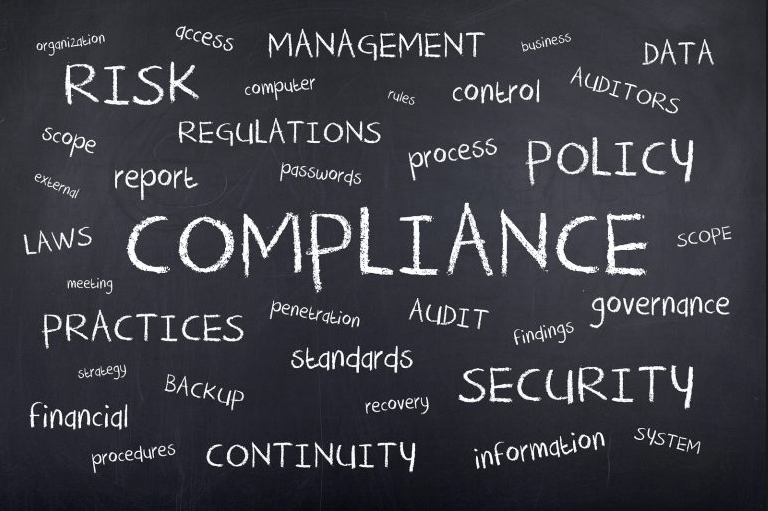Anti-money laundering (AML) data is vital for financial institutions and government agencies to ensure they are complying with applicable laws and regulations. But how can they make the best use of this data? In this blog post, we’ll explore why AML data is so important, how to access it, and how to leverage it for greater success.
What Is AML Data?
It includes people and organizations reported in Global and Local Sanctions &Terrorists Lists, Criminal & Law Enforcement Repositories, Regulatory bodies, Politically Exposed People, and entities involved in High-Risk Businesses. Adverse Media Data collected from global News Sources for financial crime acts as a good supplement. This data is often enriched with information from open sources such as wikis and refined using data sanitization and augmentation techniques using AI/ML. New age data providers have come up with the concept of Smart Data, i.e., data that is relevant, updated timely, well-structured, deduplicated, and enriched through a continuous AI and human feedback loop.
How to Access AML Data
The best way to access AML data is through a reliable data provider. You can subscribe to an AML Screening system that is built on top of a good AML database or go for just the data and integrate that into your existing screening workflow. Data can be accessed in various ways such as a file extract as CSV, Excel, JSON, etc., or through API. You can retrieve a complete dump of the data archive or just the delta i.e., only the data that has changed from the last time you updated your data repository. Settle for a provider who not only provides comprehensive local and global data coverage but also updates them in a timely manner.
How To Leverage AML Data
Once you have access to accurate and up-to-date AML data, you can create more effective compliance programs within your institution by leveraging this information in several ways. For example, you can use the data to detect suspicious activity in accounts by searching for known offenders or unusual patterns in transaction history. You can also use it to develop targeted risk assessments based on specific criteria such as geographical location or account type. Finally, you can leverage the data for better customer due diligence practices by verifying customer identity information against source databases before opening new accounts or processing transactions.
What Makes Accurate and Transparent AML Data Important?
Accurate and transparent data is essential for organizations to be able to effectively monitor activity that could indicate money laundering or fraud. Having access to reliable customer information helps organizations identify potential risks as well as quickly respond to suspicious financial activities. Furthermore, accurate and transparent records help ensure compliance with current laws and regulations. Without such records, organizations may find themselves at risk of being fined or shut down due to noncompliance.
How is Accurate and Transparent AML Data Collected?
Accurate and transparent AML data is collected through a variety of sources including customer identification processes (KYC), transaction monitoring systems, suspicious activity reports (SARs), internal databases, external databases, third-party data providers, public records searches, etc. Organizations must use all available resources to ensure they have the most up-to-date information on customers’ identity information as well as any activities which could indicate money laundering or fraud.
Conclusion:
As governments around the world continue to crack down on money laundering activities, financial institutions must stay ahead of the curve by utilizing reliable sources of Anti-money laundering (AML) data for their compliance efforts. By understanding what AML data is and how best to access it and leverage it effectively, financial institutions will be better equipped to detect potential money laundering activity and protect themselves from reputational damage associated with non-compliance issues. With these strategies in place, they will be well-positioned to remain compliant while staying competitive in today’s ever-changing regulatory environment.







